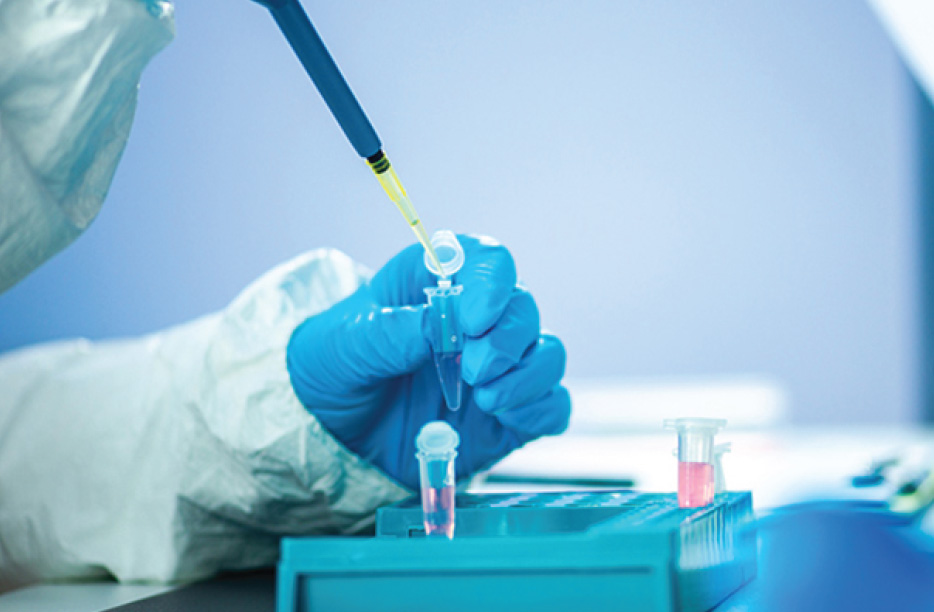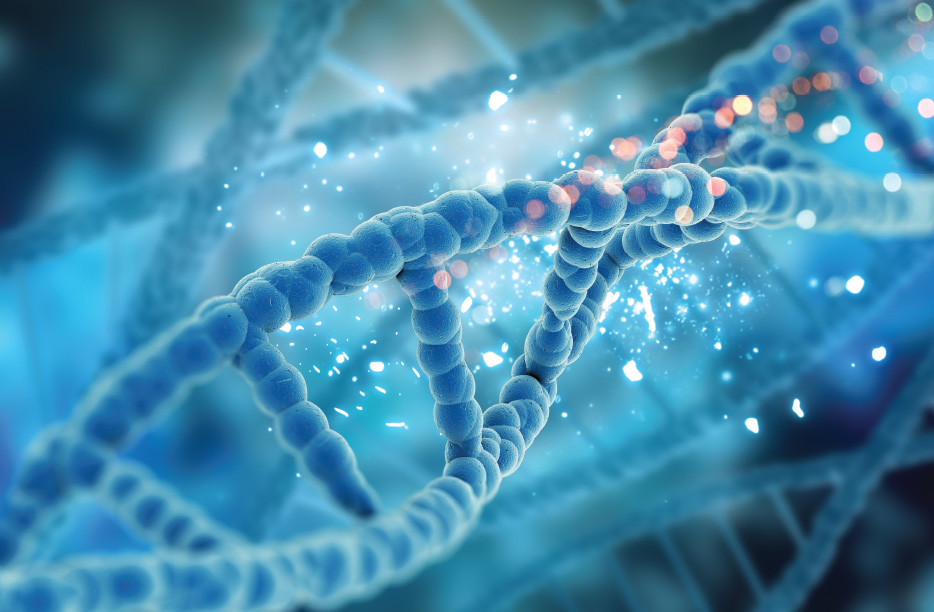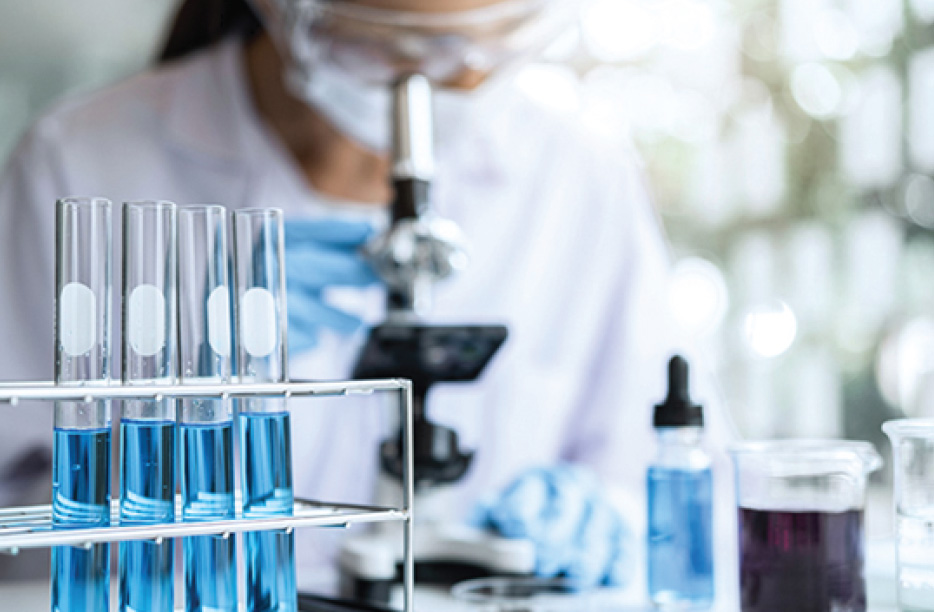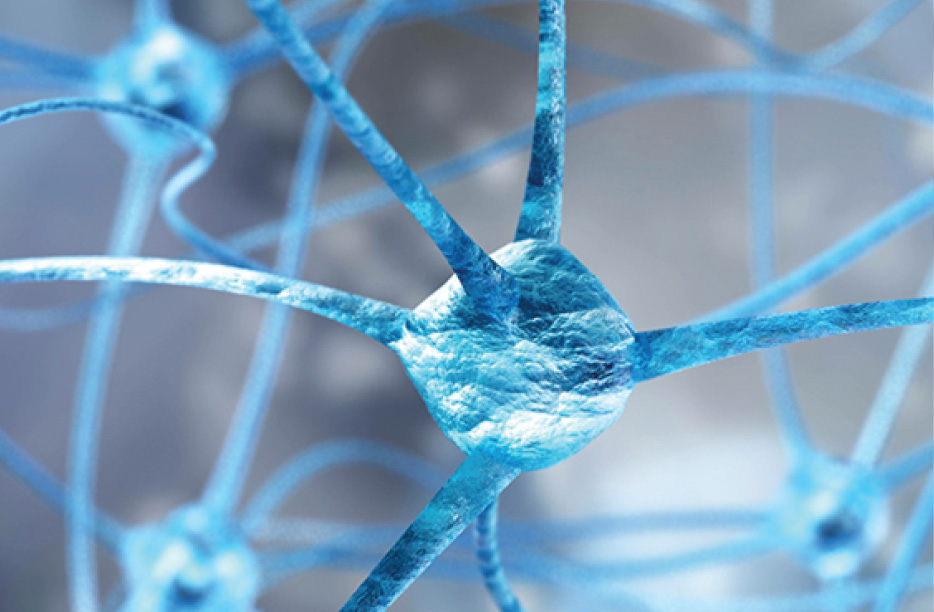Stem Cell Culture
In order for stem cells to be used for research or treatment, large quantities of high-quality stem cells are needed.
It is necessary to develop culture systems to produce stem cells from each pure tissue in vitro without losing the potential of the stem cells.
Two-dimensional and three-dimensional cell culture systems now exist.
Two-dimensional cell culture systems have been routinely performed in thousands of laboratories around the world for the past 40 years.
In two-dimensional cell culture, cells are exposed to a hard, flat surface on the bottom side and liquid on the top side.
For secondary cell cultures, dramatic adaptations are required for viable cells, as the lack of an extracellular matrix unique to each cell type can alter cell metabolism and reduce its functionality.
Three-dimensional cell culture systems can create biomimetic microenvironments for stem cells, resembling their native extracellular matrix (ECM) in vivo.
In recent decades, advanced biomaterials have contributed significantly to three-dimensional cell culture systems, and more unique and complex biomaterials have been proposed to improve stem cell proliferation and differentiation.
Among them, nanostructured biomaterials are of particular interest because they feature advantageous surface area-to-volume ratios and mimic the physical and biological features of natural ECM at the nanoscale.

Regenerative
Therapy Model
Stem cells
- Provides anti-inflammatory effect
- Recruitment of cells such as endothelial progenitor cells required for homing and tissue growth to damaged tissue
- Helps tissue remodeling through scar formation
- Inhibition of apoptosis
- It is thought to mediate recovery through five main mechanisms: differentiation into bone, cartilage, tendon and ligament tissue. Platelet-rich plasma may be transplanted at the time of a stem cell transplant to further increase blood supply to the damaged area and ultimately promote tissue regeneration.
Stem cells are also known to have low immunogenicity due to the relatively small number of MHC molecules expressed on their surface.
It has also been found to secrete chemokines that evade immune responses and promote new tissue resistance.
This allows allogeneic treatment to be performed without the risk of significant immune rejection.
The efficacy of some stem cells may be affected by the method of delivery.
For example, to regenerate bone, stem cells are often introduced into the scaffold to produce the minerals necessary for the creation of functional bone.

Drug Discovery
And Biomedical
Research
The ability to continuously culture functional adult tissues in vitro through direct differentiation of stem cells creates new opportunities for drug research.
Researchers can grow differentiated cells and then test new drugs on each cell type to examine their interactions in vivo before conducting in vivo studies.
These drug tests are important in drug development for use in veterinary research because of the potential for species-specific interactions.
There is hope that the need for animal testing will be reduced, as effects on human tissue in vitro will provide approximate mechanisms and outcomes prior to the animal testing stage.
With the advent of induced pluripotent stem cells (iPSC), treatments have been explored and created for use in endangered species of animals.
Without the need to obtain embryos or ovaries, the non-invasive technique allows researchers to more easily remove MSCs and significantly reduce risk to the animals.

Stem Cell Source
Most stem cells for regenerative therapy purposes are typically isolated from the patient's bone marrow or fat tissue.
Mesenchymal stem cells (MSC) can differentiate into cells that make up bones, cartilage, tendons, and ligaments, as well as muscles, nerves, and other tissues.
The number of stem cells transplanted into damaged tissue can vary treatment efficacy.
For this purpose, as an example, stem cells derived from bone marrow are cultured in the laboratory to proliferate into millions of cells.
Adipose-derived tissues also require processing before use, but culture methods for adipose-derived stem cells are not as extensive as those for bone marrow-derived cells.
While bone marrow-derived stem cells are considered desirable for bone, cartilage, ligament and tendon repair, other researchers believe that the relatively straightforward collection techniques and multicellular microenvironment already present in adipose-derived stem cell fractions make them a desirable source for autologous transplantation.
Dermal and dermal stem cell supplies are being explored because of the ease with which they can be obtained with minimal risk to the animals.
Hematopoietic stem cells have also been found to migrate through the bloodstream, have the same differentiation capacity as other mesenchymal stem cells, and have the advantage of being obtained through non-invasive methods.
Recently, there has been increased interest in the use of extra embryonic mesenchymal stem cells.
Research is underway to investigate the differentiation capacity of stem cells found in the umbilical cord, yolk and placenta of other animals.
These stem cells are thought to have more differentiated abilities than their adult counterparts, including the ability to more readily form tissues of endodermal and ectodermal origin.
